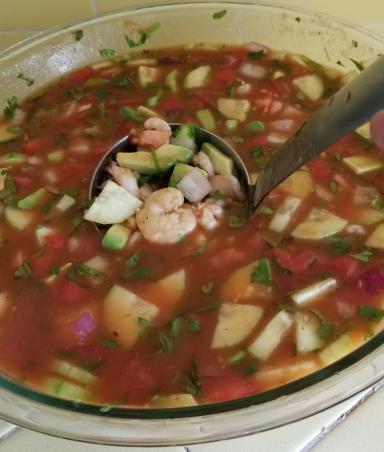Intermediates
General mountain dulcimer or music discussions
Folks, I didn't provide the criteria from the Berkeley Dulcimer Gathering because I agree with the descriptions there or think of it as the standard we should all adopt. I just wanted people to see an example of descriptions that list some specific techniques, since the original question was about "skills" that would be considered intermediate.
Banjimer: If we're talking about dulcimer workshop levels (and it sounds like we are), the solution is to have a short description of what will be taught. Then the attendees can decide if they are ready to learn that particular skill.
I agree, @banjimer. However, a lot of workshops don't actually teach skills but teach repertoire. There are tons of workshops, for example, on Irish jigs or English country dance tunes or whatever. In those cases, people need to understand the skills they should already have to benefit from the workshops.
notsothoreau: I would say it's possible to be an excellent musician and not read music. It's a good skill to have though.
Yes, there are plenty of great musicians who can't read music. But some degree of music literacy is necessary if we are going to talk about how we're playing, to teach and learn from one another. I give dulcimer lessons at a music store and they get a constant stream of young guitar players who want to teach there. But many of them have no understanding of the basic concepts of music literacy, so they can't explain how to construct a chord or how long to hold a given note. All they want to do is show people how they play. That approach is of limited helpfulness.
Ken Hulme: IMHO "Intermediate" is just a state of mind.
I agree, Ken. That's why I asked the question in an earler discussion about when people know they are no longer beginners. A lot of people hold onto that "beginner" label as a crutch, as a way to lower people's expectations of their playing. But in my mind if you can follow simple tablature or follow by ear and eyes someone playing a simple song, then you are no longer a beginner. You've reached a basic level of proficiency that deserves the term "intermediate."
BUT . . . at the risk of upsetting many of my dulcimer friends . . . I do think that dulcimer players have two main limitations which impede our progress as musicians. One is the inability to do anything with the right hand other than strum across all the strings all the time. The second is the inability to play in keys other than D.
Just because we have three strings doesn't mean we have to play all of them all the time. We should be willing to sometimes play a single note or sometimes just two. And yes, that might mean working on the right-hand techniques to strum two strings or pluck one-at-a-time.
And if you ever want to join a jam that is not limited to dulcimer players tuned to the key of D, you need to understand how to use your instrument to accompany others playing in other keys. Without this ability--which requires some basic music literacy--even intermediate and advanced dulcimer players would be considered beginning musicians. I'm not suggesting that I can jam with a saxophone player in Bb, and I admit to "cheating" by retuning and/or using a capo when I can, but the old timey music scene includes fiddle players who want to play in A and banjo players who want to play in G and so forth. We should all aspire to being able to join them.












 (That must be how Elvis felt when he first got hooked on liquid methamphetamine.) I brought the rest home for my wife, who had a similar experience.
(That must be how Elvis felt when he first got hooked on liquid methamphetamine.) I brought the rest home for my wife, who had a similar experience.
